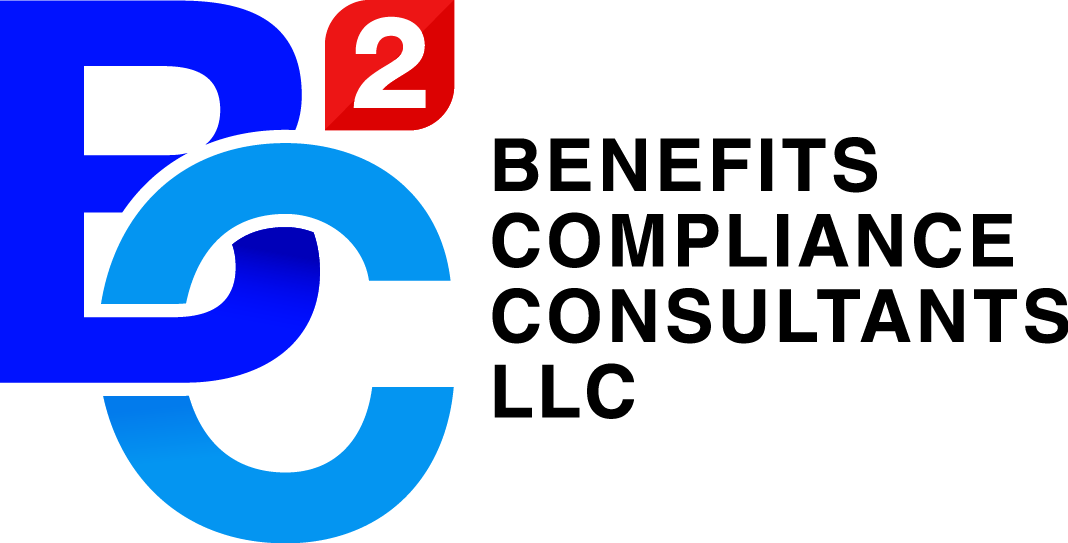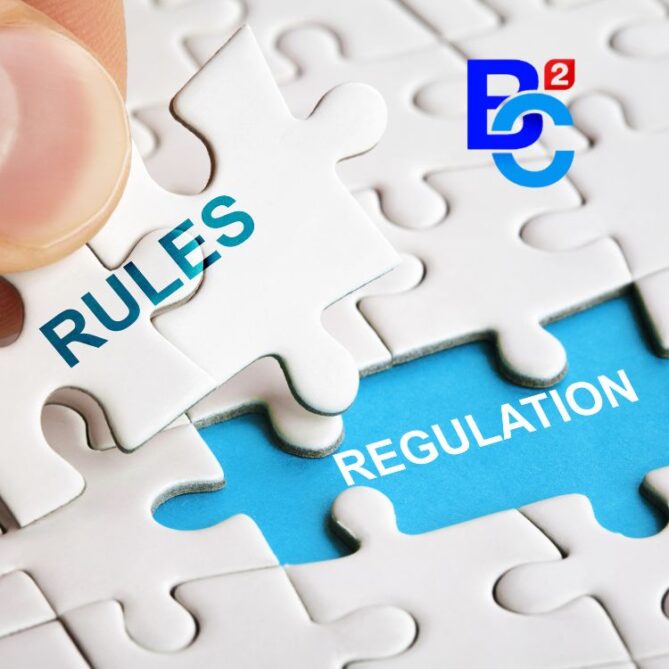DOL’s New Cross-Reference Plan Inquiry in 2025 and What Employers Need to Know
The Department of Labor (DOL) has introduced a new cross-reference plan inquiry process, and it’s making waves in the world of employee benefits compliance. This significant move marks the first time the DOL is leveraging electronic filings [...]





